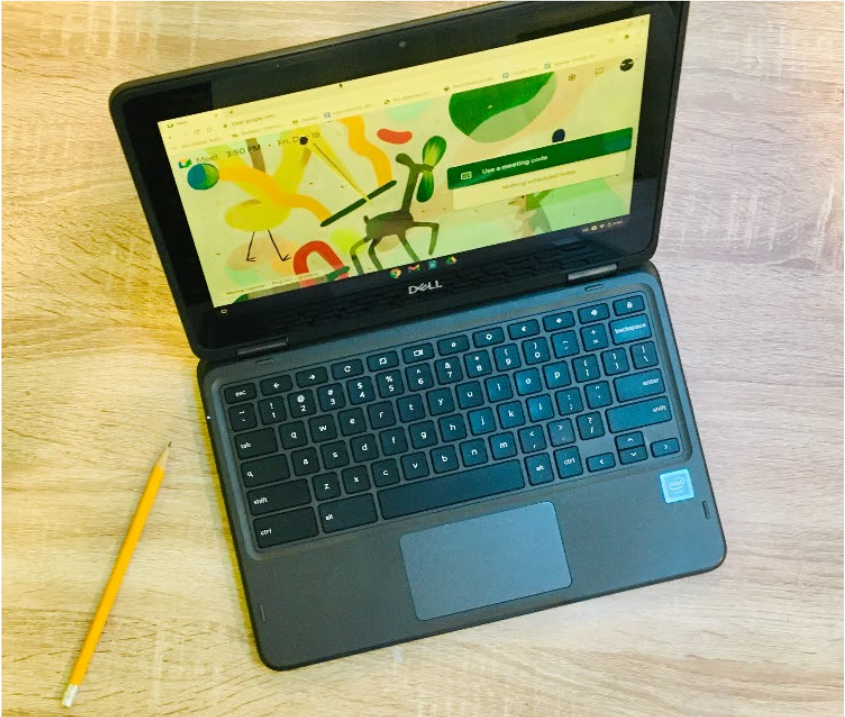What About Wednesdays?
A Chromebook
January 3, 2021
How do students and staff at Lower Moreland feel about asynchronous Wednesdays? Results from my survey of 18 students show that the majority of students, approximately 78%, enjoy synchronous Wednesdays, while the remaining 22% dislike them. There were a variety of answers, but the majority of responses fell into two main categories. Anti-asynchronous students reported that they have a harder time focusing and receive more work than usual. Pro-asynchronous students feel Wednesdays are a break from the daily grind of online classes and a chance to work on assignments at their own pace.
But at what point does self-guided study hinder productivity? One student says, “It’s harder to focus and do my work consistently,” while another says, “It’s just a waste of a school day.” On the other hand, active virtual learning can prove to be tiresome to students and asynchronous Wednesdays can serve as a time to catch up on work and recharge. As one student notes, “I don’t have to be glued to my screen for hours on end,” and another says, “It gives me a break during the week to work at my own pace.”
We heard from the students. Now let’s take a look at what some teachers have to say. Mr. Becker, a math teacher, says his Wednsesdays are mostly synchronous, but the format adapts to the class needs. He notes that students use Wednesdays to ask questions and get help when they otherwise would not have that opportunity. Mr. Sneeringer, a freshman chemistry and physics teacher, started out with synchronous Wednesdays to better get to know his students, but quickly switched to asynchronous Wednesdays after he says he “began to see how badly my students needed the break from the computer screen.” Now, students use Wednesdays to complete labs while he uses them to “stay caught up on grading and recalibrating lessons.”
The people I surveyed generally believed that Wednesdays should be used as a work day and to get questions cleared up. Eye strain and burnout are very real considerations when both students and teachers regularly spend 7 hours in front of their screens.
